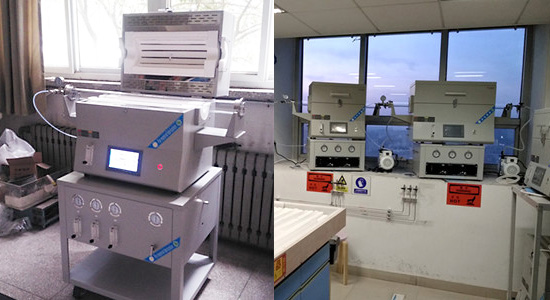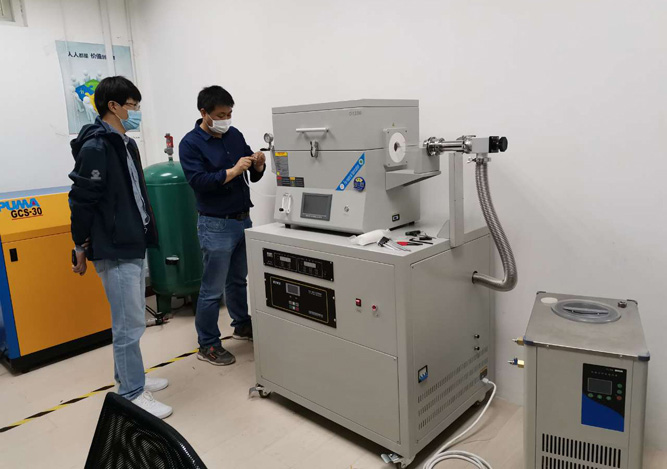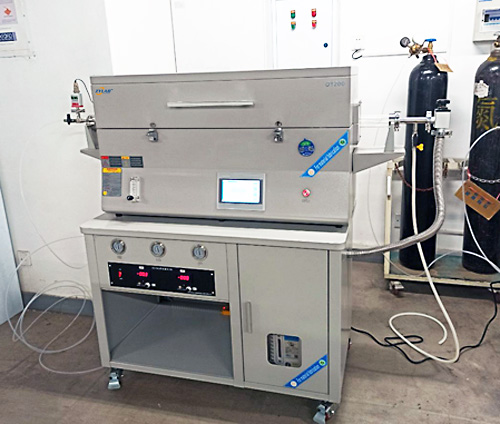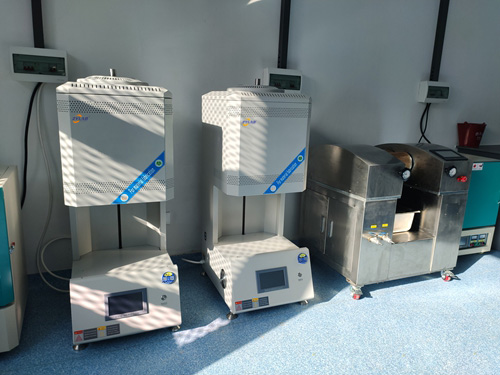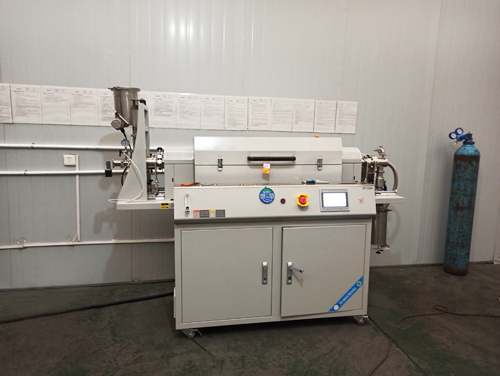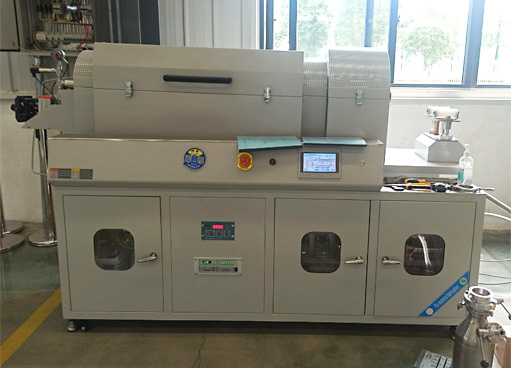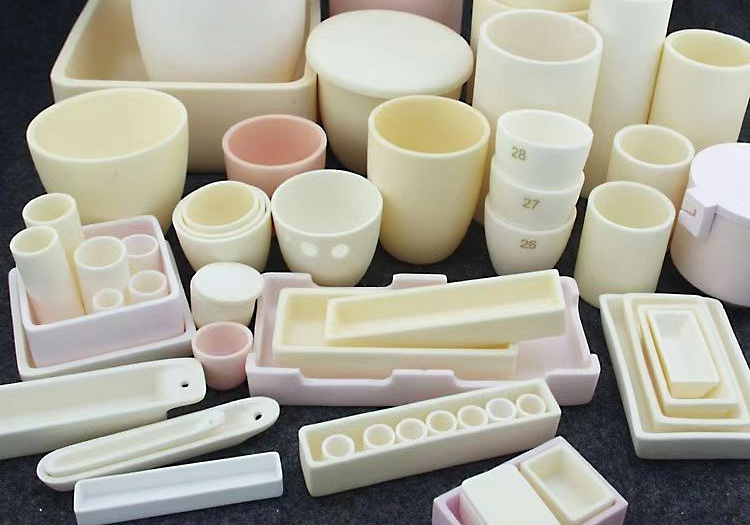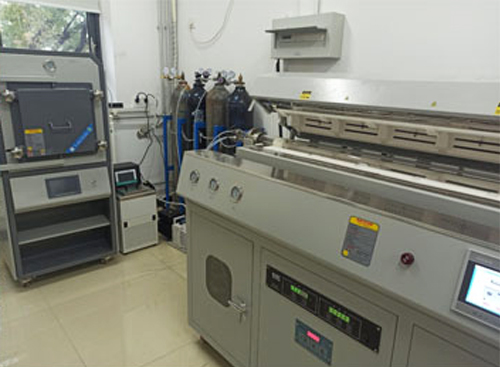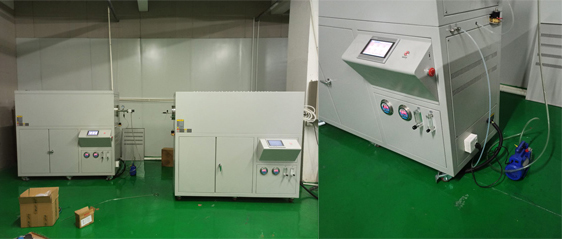Controlling gas flow in a tube furnace is critical for processes like CVD (Chemical Vapor Deposition), heat treatment, atmosphere sintering, and annealing. Whether you’re running a research laboratory or an industrial production line, accurate gas flow control ensures process stability and repeatability.
Category Archives: Thermal Processing
Achieving high-quality SiC coatings requires advanced deposition technologies, and among them, High Vacuum Chemical Vapor Deposition (CVD) Furnaces stand out as a preferred solution. In this article, we explore how high vacuum CVD furnaces are used for SiC coating preparation and why they are crucial in modern material science.
CVD (Chemical Vapor Deposition) tube furnace sintering systems play a crucial role in achieving high-quality 2D material growth and structural refinement. In this blog, we explore the applications of CVD tube furnace sintering systems in 2D material synthesis and processing.
Choosing the right sintering equipment is key to ensuring uniform heating, safe handling, and high precision for these large-scale components. In this guide, we explore why a bottom-loading sintering furnace is the ideal choice for large workpiece sintering applications.
In this blog, we will explore how to effectively sinter silicon carbide components using a vacuum atmosphere muffle furnace, the key benefits of this process, and why ZYLAB’s furnaces are trusted by professionals across various industries.
In this blog, we’ll explore why the automatic feeding rotary swing furnace is the preferred choice for SiC powder production, and how ZYLAB’s solutions are helping manufacturers stay ahead in the market.
In this article, we explore the role of an automatic feeding and discharging tube furnace in the efficient synthesis of hydrogen storage materials, and how manufacturers like ZYLAB are contributing to advancing this technology.
Choosing the right crucible can directly affect the outcome of your experiment, influencing material purity, structural integrity, and overall efficiency. This article compares five commonly used laboratory crucibles—Alumina, Quartz, Magnesia, Boron Nitride, and Graphite—helping you make an informed decision based on your specific application needs.
Vacuum furnaces have become indispensable tools in modern material preparation, offering high-purity environments and accurate temperature control. From advanced ceramics to semiconductor wafers, vacuum furnaces play a vital role in producing high-quality materials that meet the demanding standards of today’s industries.
Large-diameter tube furnaces play a vital role in scaling up battery material production while ensuring uniform heating, high-purity processing, and energy efficiency. In this article, we explore how large-diameter tube furnaces are revolutionizing the production process of battery materials.

